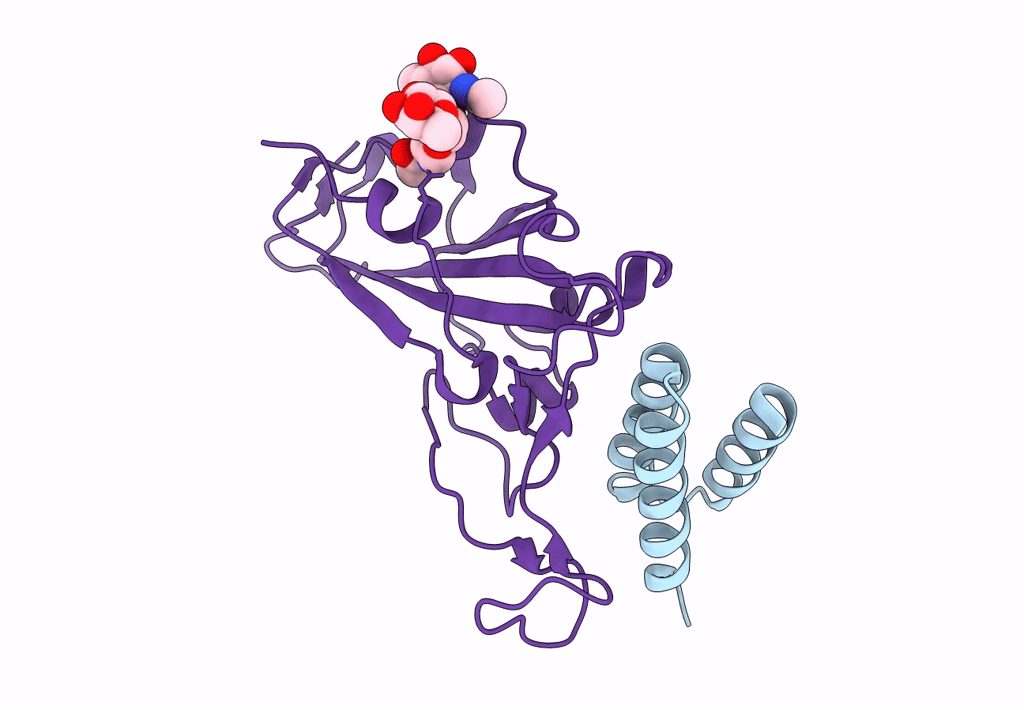
Deposition Date
2020-09-02
Release Date
2020-09-23
Last Version Date
2024-10-23
Entry Detail
PDB ID:
7JZU
Keywords:
Title:
SARS-CoV-2 spike in complex with LCB1 (local refinement of the RBD and LCB1)
Biological Source:
Source Organism:
synthetic construct (Taxon ID: 32630)
Severe acute respiratory syndrome coronavirus 2 (Taxon ID: 2697049)
Severe acute respiratory syndrome coronavirus 2 (Taxon ID: 2697049)
Host Organism:
Method Details:
Experimental Method:
Resolution:
3.10 Å
Aggregation State:
PARTICLE
Reconstruction Method:
SINGLE PARTICLE


